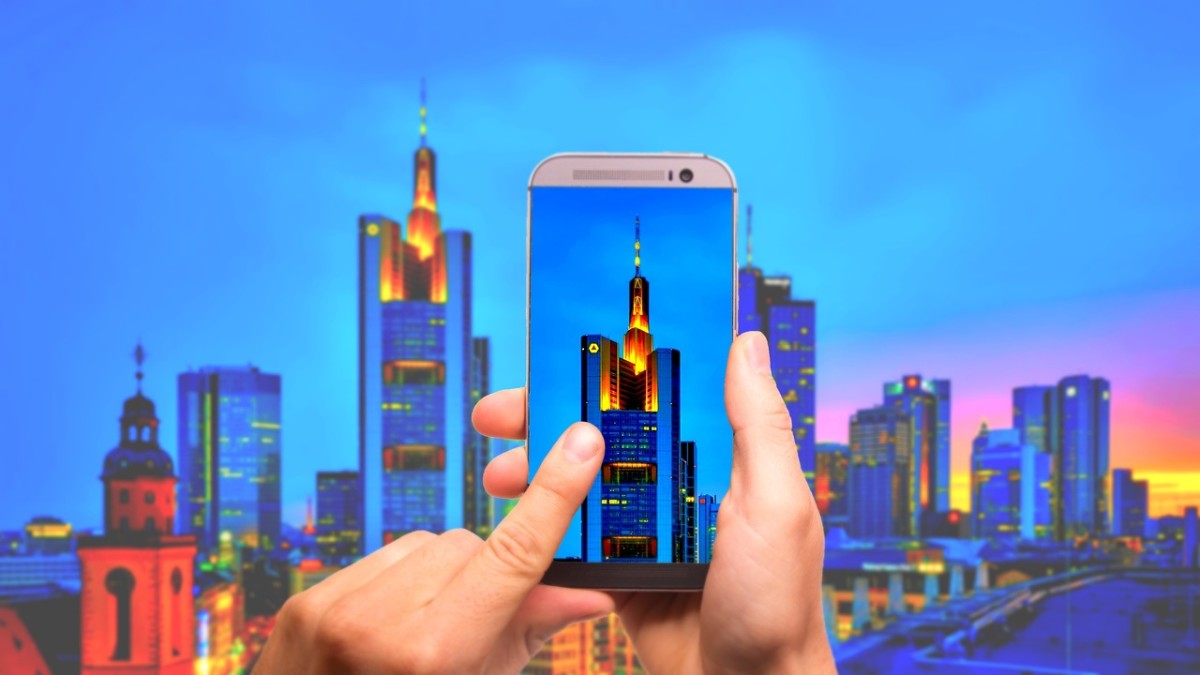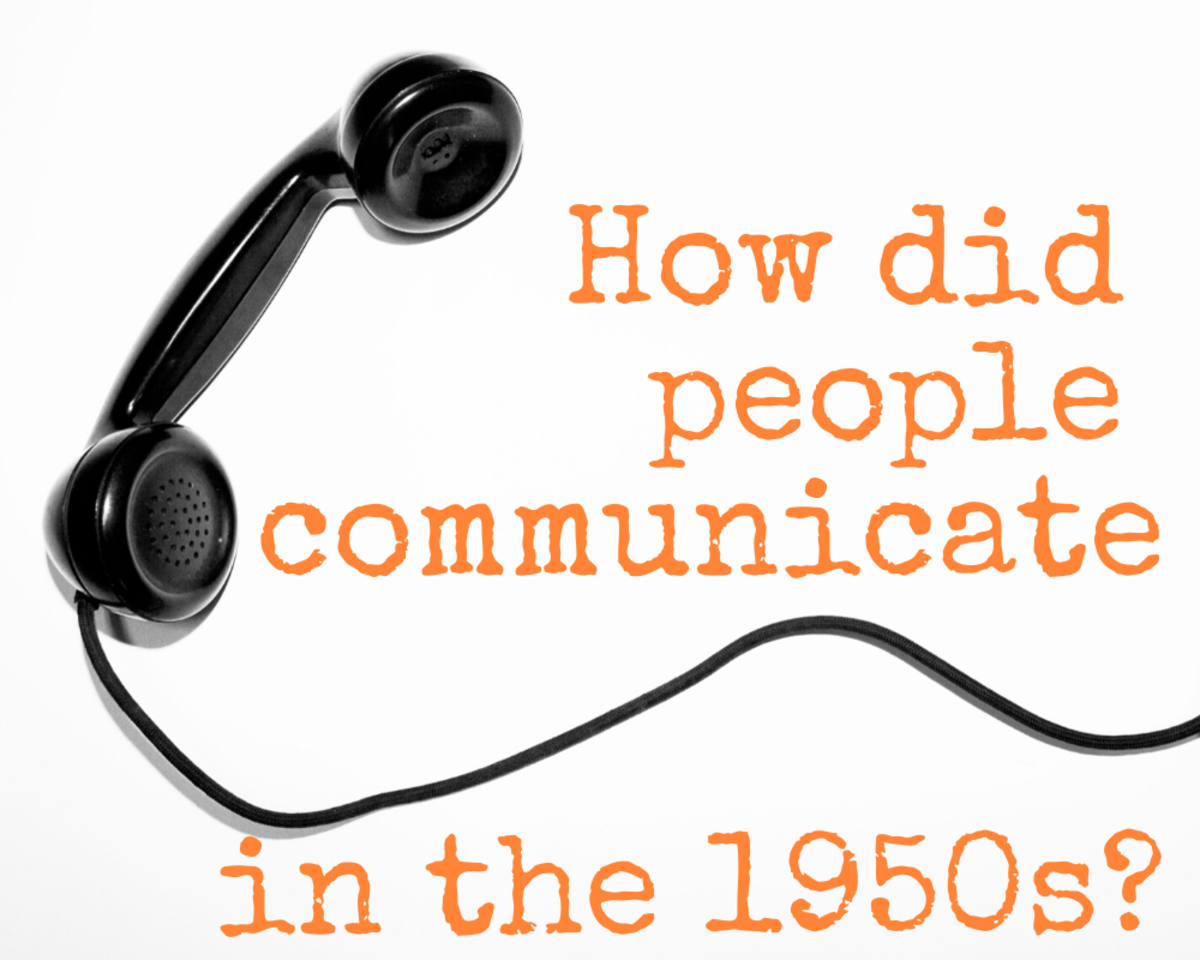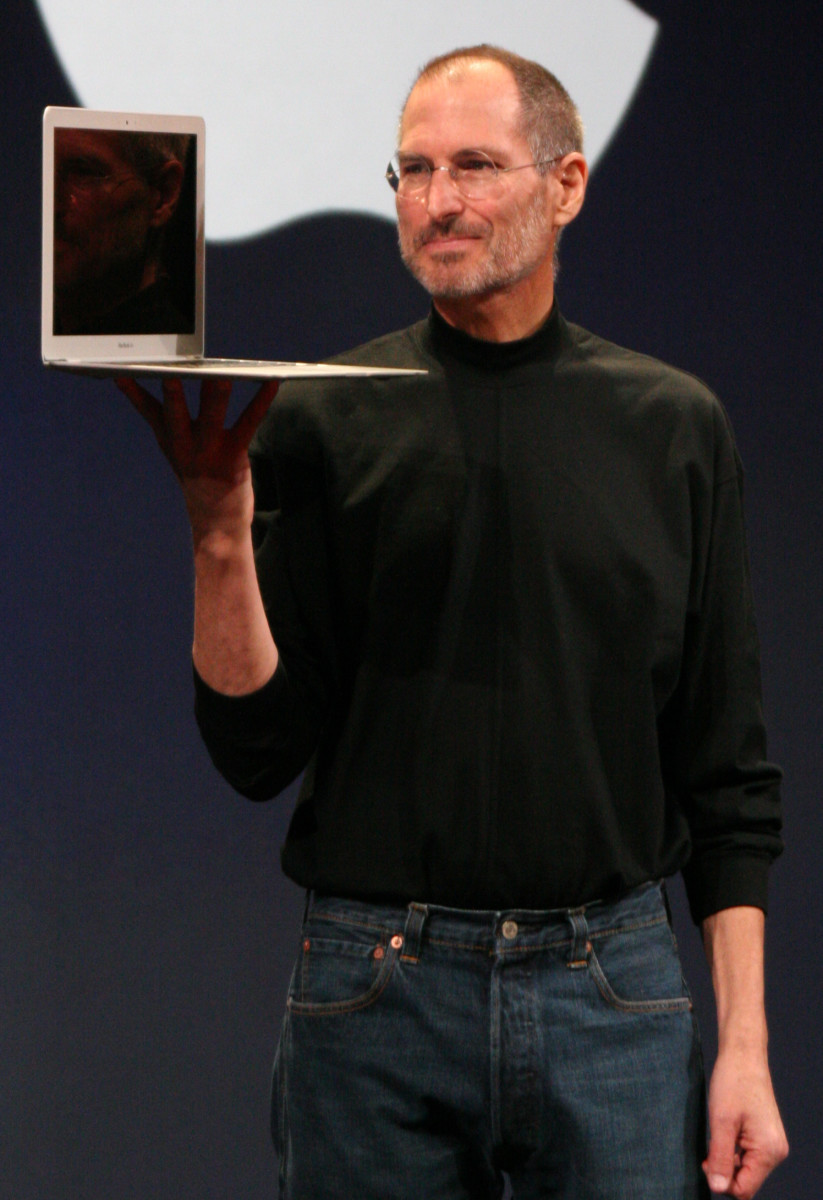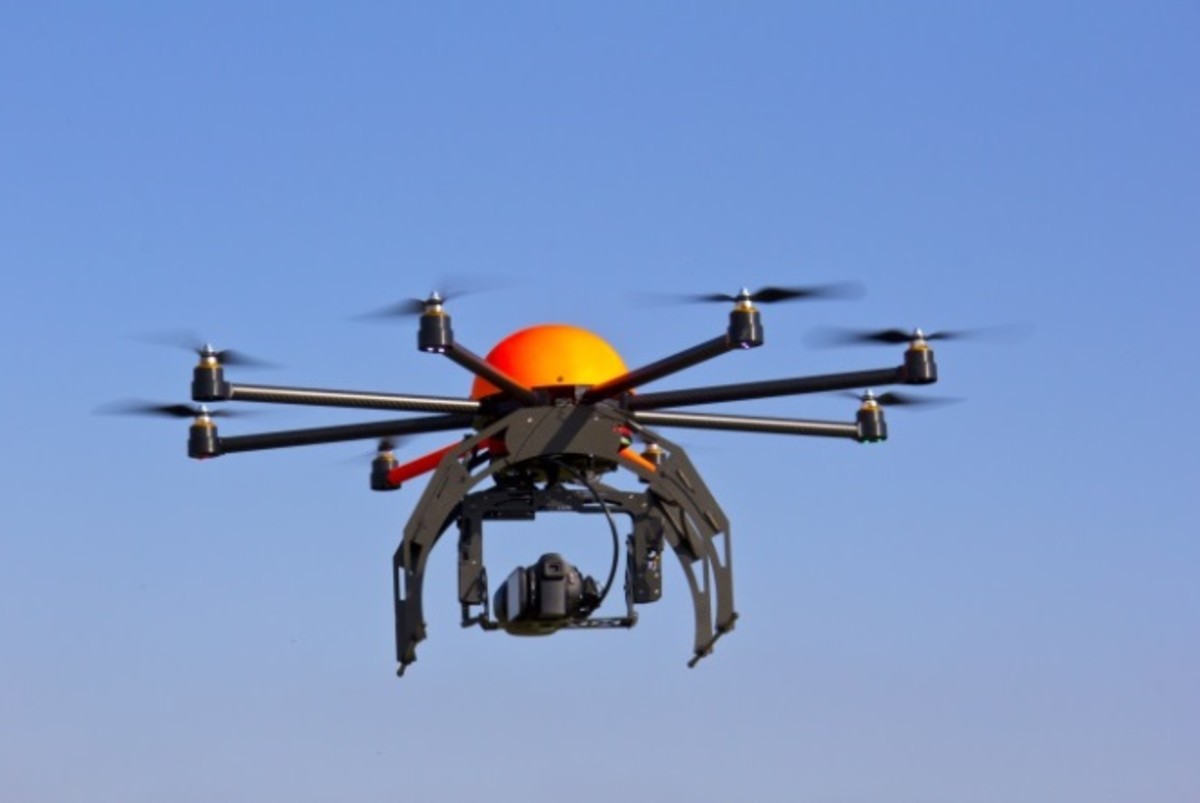Staying Connected in a Rapidly Accelerating World
Connectivity
Historically, we humans have been becoming more and more connected ever since time immemorial. In the beginning, we used oral language to communicate our ideas with one another. As a method of data storage, oral traditions arose and stories were passed down from generation to generation. Over time, a considerably better method for communicating and preserving data arose: writing. The ability to write down language and have the symbols mean the same thing as the oral language really catapulted humanity forward a huge step, because we didn’t have to remember every single detail in order for the story to be passed along faithfully. Further, writing allowed for the story to be told only one time (albeit an extremely laborious one time, at least at first), and then the story could be told to dozens and perhaps hundreds of others.
Linotype Typesetting Machine

Language, off and running
Eventually, the printing press facilitated this spread of language, and we were off and running. What was previously accessible to a handful was now accessible to literally millions. In one fell swoop of invention, a new communication paradigm was created, and we could communicate with one another in ways that were far superior to merely talking out loud. Ideas spread more rapidly with the invention of the printing press, but still didn’t quite take off until the invention of the linotype machine, which worked more than six times as fast as a typical printing press, and allowed millions more books to be created, and daily newspapers with a great deal of content to be produced, thus making the world a smaller place.
However, the problem wasn’t so much the product (books, newspapers) as it was the delivery system. Books couldn’t reach other cities except as carried by human beings, perhaps sometimes on horseback, but always extremely slowly. No matter how efficiently the material was produced, there was still a limit as to how fast the information could get from point A to point B, and the further it was, the longer it took for the info to get there.
Communication at the speed of light
Finally, the telegraph, and then the telephone allowed instantaneous communication to happen across first cities, then countries, then continents, and finally, across the world itself. In the early 1800s, wired, instantaneous transmission (well, not quite instantaneous, but for all but the most academic purposes, it was so during the 19th and 20th centuries) took off, rapidly spreading around the globe. By the late 1800s, Alexander Graham Bell had patented his telephone, and this idea, too, began spreading rapdidly.
Ever since then, we’ve been living in a world connected by light speed, but it hasn't been smooth sailing without a hitch. Even though large parts of the world are connected, many more are still not yet connected because of three concepts:
- Access to the information delivery systems
- What type of information we spread
- The delivery systems themselves
Of course, all of these systems are limited by the cosmic speed limit.
Vote
Most important innovation?
Improving access to the information delivery systems
Since the aforementioned 19th century innovations of the telegraph and the telephone, we've been working to ensure that everyone in the world has access to these innovations. Even third world countries have limited access to the telephone, but not every individual has personal access to the phone, which is a key concept in individual liberation from government control. Technology has a marvelous ability to empower the individual, but it has to actually make it to said individual's hands first.
This is why wireless communication is so powerful and so very important, moving forward. Individuals are now able to leapfrog past the telephone and telegraph inventions, all the way tot he world wide web and the Internet, connecting via wireless networks and cellular systems even where there aren't telephone lines. Meanwhile, Moore's Law continues to promise "accelerating returns", as futurist Ray Kurzweil calls them. Things are happening faster and faster.
Big plans
Here are the things that are currently in the works, or will be in the works in the near future, to make the world a far more connected place.
- Ubiquitous wifi (connectivity at virtually every business establishment)
- Google's Project Loon (putting balloons in the air in the third world to allow local access to the web)
- Amazon's and Facebook's plans to bring wifi to the third world
All three of these innovations are playing a key role in shaping the future of not only technology, but also social and political paradigms. Consider Egypt's recent revolution, in many ways facilitated by Facebook and social media networking. In some ways, it is the story of how social media is impacting global politics and shaping the future, but without connectivity, there would be no social media whatsoever, and the ubiquitous access to the internet these people have is precisely what puts the individuals on a level playing field with oppressive government regimes.
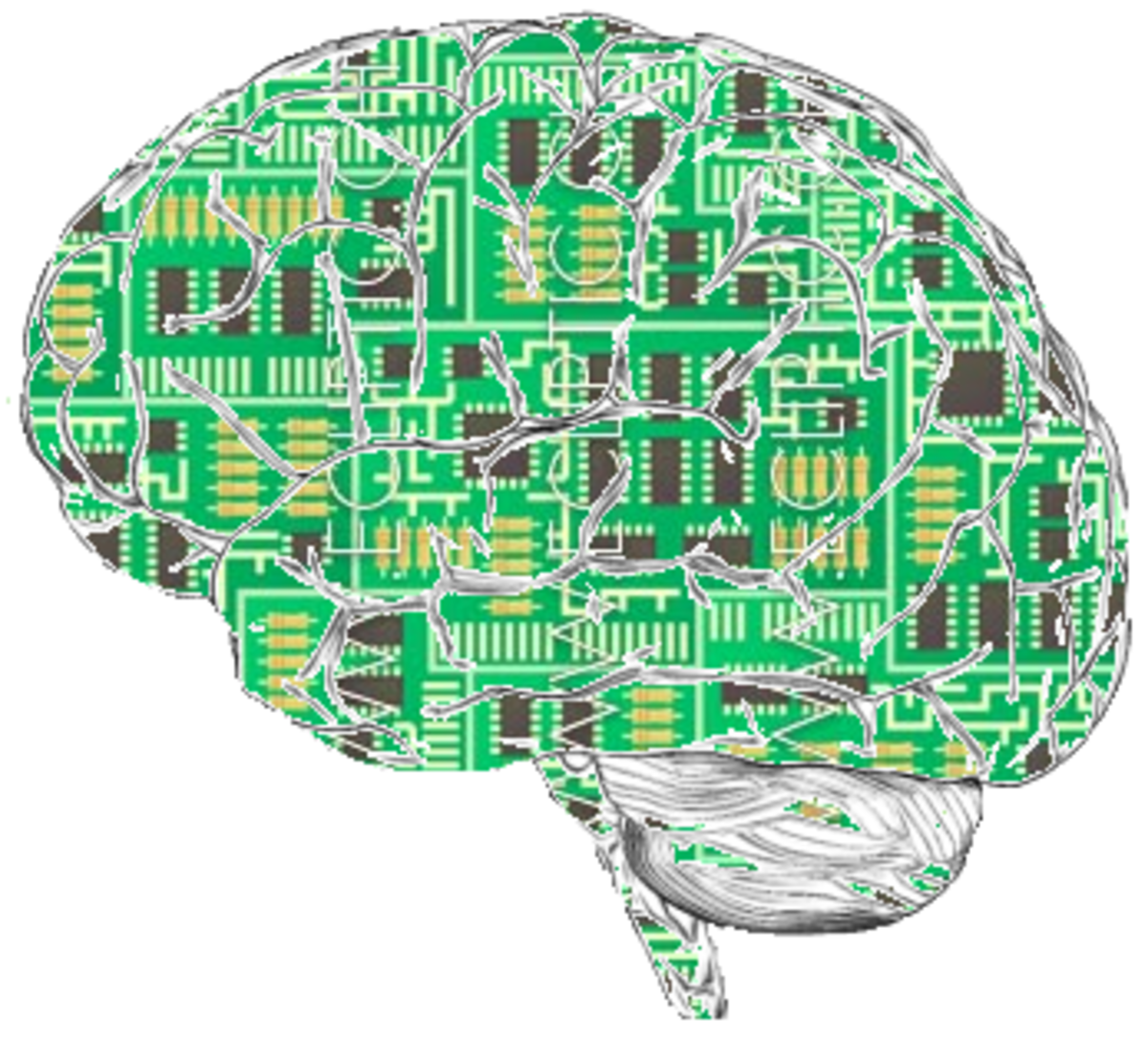
Cell phones are great at talking, but not the ideal interface for all circumstances
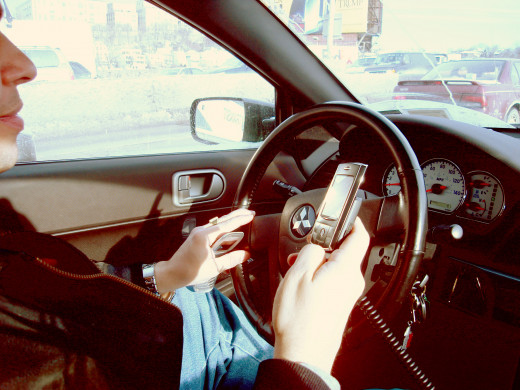
Individual connectivity
Individual connectivity began with people carrying around books and giving them to other people, then was facilitated greatly with telephones and television. We are well into the realm of the smartphone, and people can talk to each other across the world virtually for free, at the speed of light. What's next?
In a word: wearables. The most familiar examples are:
- Google Glass
- The iWatch (and various other smartphones that fit on your wrist)
- Oculus Rift
All of these make the interface we have with the web and with other human beings much, much easier to access. What's next? I think internal wearables, or things that interface inside your brain itself. There are already plenty of examples of this being used for medical reasons, such as a computer that moderates Parkinson's disease inside your brain by sending electrical pulses. Eventually, perhaps we'll be talking with our brains themselves, and skipping the wearable interface in lieu of the internal one.
Where do you think we're headed with this stuff?



